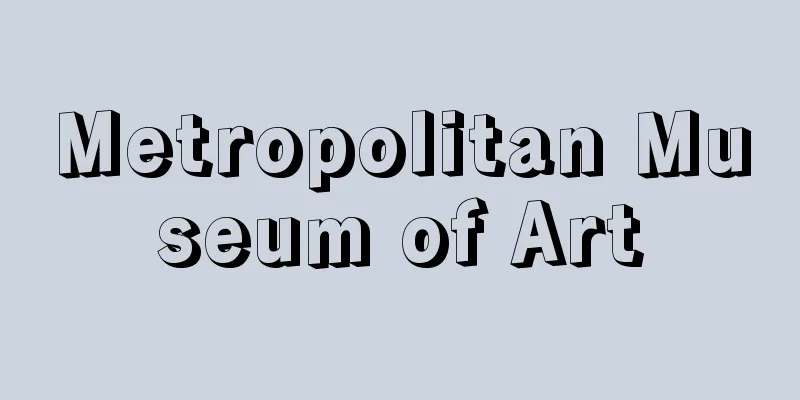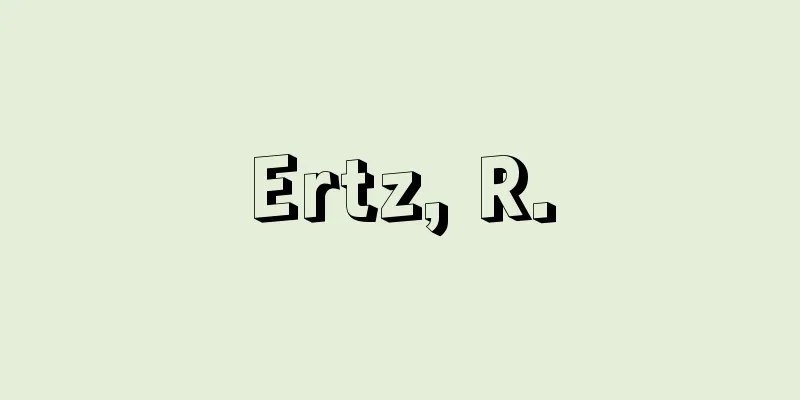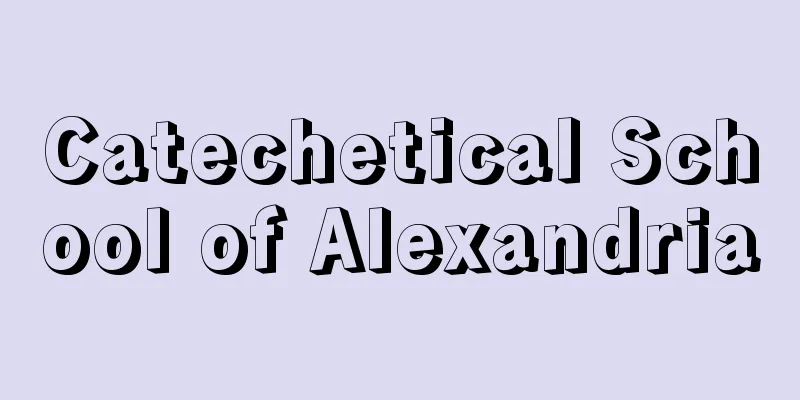Metropolitan Museum of Art

|
Located in New York, this is the largest art museum in the United States and one of the largest in the world. It was founded in 1870 by the city's leading figures, and in 1880 moved to its current location on the east side of Central Park. The Gothic Revival building was designed by Calvert Vaux (1824-1895), who also designed the park, and has undergone several expansions and renovations to reach its current location. The Italian Renaissance-style main entrance facing Fifth Avenue was completed in 1926. The museum is a private, non-profit corporation run by a board of trustees, and the city covers the costs of maintaining and guarding the building. The museum's collection consists of 3.3 million items, including donations from collectors, purchases made with ample funds, and archaeological remains brought by expeditions. The museum is divided into 19 sections, including Egyptian, Greek, Roman, Islamic, and medieval art, European paintings, American paintings and sculptures, Oceanian and African art, crafts, clothing, musical instruments, photography, drawings, prints, and weapons and armor. To commemorate the museum's 100th anniversary, the Temple of Dendur, which was destined to be submerged by the construction of the Aswan High Dam, was relocated in its entirety, and the American Wing, completed at the same time, houses a rich collection of American art unique to this country, with each room reproducing a specific style according to the era and region. European paintings are particularly rich in works from the Impressionist period onwards. In 1987, the 20th Century Art Exhibition Hall (renamed Contemporary Art in 1999) was opened, and in 1995, the Textile Center was opened. In 1998, Asian art from China, Korea, India, Japan, and other countries was installed, and the museum is still expanding. Medieval art is exhibited not only in the main building, but also in the Cloisters (opened in 1938), an annex in Fort Trillon Park in northern Manhattan that was built in the ruins of a French monastery, allowing visitors to relive the Middle Ages in the space. The Cloisters includes the famous set of seven tapestries, "The Hunt of the Unicorn." [Noriko Minato and Setsuko Yoshikawa] "World Museums 3: The Metropolitan Museum," edited by Tomobe Nao (1979, Kodansha)" ▽ "The Mysterious Cross: How the Metropolitan Museum of Art Acquired Its Hidden Treasures," written by T. Hoving and translated by Tanaka Yasushi (1986, Bungeishunju)" ▽ "The Metropolitan Museum of Art Collection," edited by the Metropolitan Museum of Art, 12 volumes and supplementary volume (1986-92, Fukutake Shoten)" ▽ "The Metropolitan Museum of Art Guide," edited by the Metropolitan Museum of Art (1993, Dohosha Publishing)" ▽ "An Easy Guide to the Metropolitan Museum of Art," written by J. Richardson and translated by Nakano Yoshiro and Mori Chika (1994, Holp Educational Development Research Institute)" ▽ "Treasures of the Metropolitan Museum of Art," edited by Nakatsunagi Masako and Kasahara Tomoko (1998, Museum Tosho)" Source: Shogakukan Encyclopedia Nipponica About Encyclopedia Nipponica Information | Legend |
|
ニューヨークにあるアメリカ随一、世界最大級の美術館。1870年、市の有力者たちによって創立され、80年、セントラル・パーク東側の一画を占める現在地に移る。この公園の設計者C・ボークスCalvert Vaux(1824―95)によってデザインされたゴシック・リバイバルの建物に、十数回にわたる増改築が行われて現在に至っている。五番街に面したイタリア・ルネサンス様式の正面玄関が完成したのは1926年のことである。この美術館は評議委員会の運営する私設の非営利法人であり、市が建物の維持と警備の費用を負担している。収蔵品は収集家たちの寄贈、潤沢な資金による購入、探検隊の派遣でもたらされた考古遺品などで構成され、その数は330万点にのぼる。エジプト、ギリシア・ローマ、イスラム、中世美術や、ヨーロッパ絵画、アメリカ絵画・彫刻、オセアニア・アフリカ美術、工芸、服飾、楽器、写真・素描・版画、武具・甲冑(かっちゅう)など19部門に分けて管理・展示されている。創立100年を記念して、アスワン・ハイ・ダムの建設で水没の運命にあったデンドゥール神殿がそっくり移築されており、また同時期に完成したアメリカン・ウィングには、この国ならではの豊富なアメリカ美術のコレクションが、時代や地域によって各部屋に一定の様式で再現されている。ヨーロッパ絵画は印象派以降がとくに充実している。また、1987年には20世紀美術(1999年に現代美術と改称)展示棟、1995年にはテキスタイル・センターが開設され、98年には中国・韓国・インド・日本などのアジア美術が整備され、美術館の拡張がなおも進められている。 中世美術は、本館に展示されると同時に、マンハッタン北部のフォート・トライヨン公園内の、フランスの修道院の遺構を移した別館「クロイスターズ」(1938開設)に展示されて、中世を空間ともども追体験できるくふうがなされている。ここには7枚組の有名なタペストリー『一角獣狩り』がある。 [湊 典子・吉川節子] 『友部直編『世界の博物館3 メトロポリタン博物館』(1979・講談社)』▽『T・ホーヴィング著、田中靖訳『謎の十字架――メトロポリタン美術館はいかにして秘宝を得たか』(1986・文芸春秋)』▽『メトロポリタン美術館編『メトロポリタン美術全集』全12巻、別巻(1986~92・福武書店)』▽『メトロポリタン美術館編『メトロポリタン美術館ガイド』(1993・同朋舎出版)』▽『J・リチャードソン著、中野吉郎・森千花訳『やさしいメトロポリタン美術館ガイド』(1994・ほるぷ教育開発研究所)』▽『中繋雅子・笠原知子編『メトロポリタン美術館の至宝』(1998・ミュージアム図書)』 出典 小学館 日本大百科全書(ニッポニカ)日本大百科全書(ニッポニカ)について 情報 | 凡例 |
>>: Metropolitan Life Insurance Co.
Recommend
Direct spinning
Abbreviation for direct spinning. In the manufactu...
O'Brien, W.P.
…However, as with the pole vault, this would not ...
Aconitum yuparense (English spelling) Aconitumyuparense
…Poison [Nitta Aya]. . . *Some of the terminology...
MD data
…It became popular in the late 1990s. MiniDisc (M...
Kaname Okubo
A samurai and patriot of the Tsuchiura Domain in ...
exomesenchyme
…It is a type of connective tissue that forms bet...
Elekiteru - Electric
It means a friction generator, or electricity. It...
Hiraide ruins
These are the remains of a primitive and ancient ...
Military Balance
...Its activities are to study strategic issues i...
Frequency -
Chinese novelist. His real name was Zhou Shaoyi. ...
Red fish (akahata) - Red fish
...The body is pale pink or crimson red, with fiv...
Dur Sharrukin
...The painting has little movement and exudes a ...
Ephori
In the Spartan Empire, the king was elected by fi...
Life science - Seimeikagaku (English spelling) life science
It refers to a comprehensive academic field devel...
Otsukayama Tomb - Otsukayama Tomb
[1] Tsubai Otsukayama Tomb. A keyhole-shaped tomb ...









